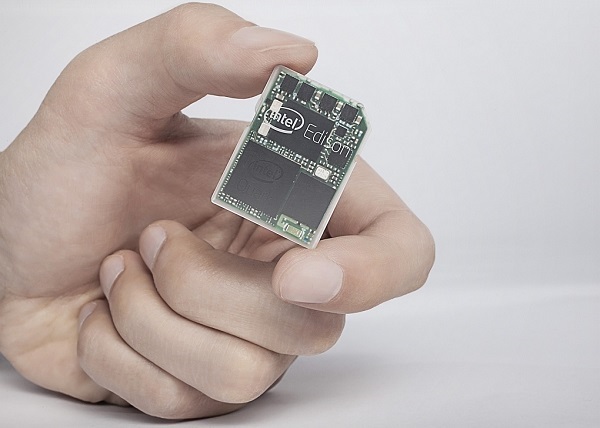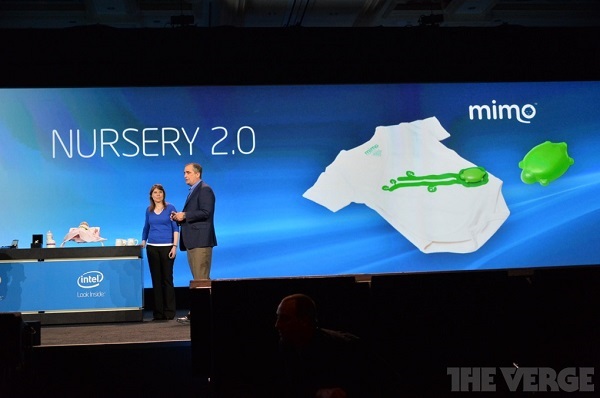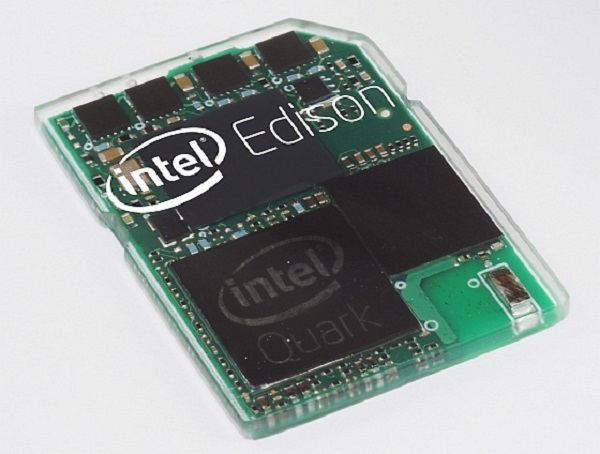Intel announced at CES that they would enter the race for making the best piece of wearable tech, not by launching a smart device, but by providing the computing power for some, all in the shape of an SD card-sized computer.
Named after Thomas Edison, the American inventor who ripped off Nikola Tesla like, totally, Intel’s CES exhibit wasn’t designed to look like an SD card just for the sake of it. This micro-computer based on the Intel Quark SoC (system on a chip), is actually meant to be placed in SD card ports where it could expand the functions beyond just storage.

Edison was announced at CES by none other than Brian Krzanich, Intel’s CEO, who claimed that this is actually “a full Pentium-class PC.” Since the Quark SoC includes a dual-core CPU that’s capable of running Linux when used in tandem with some DRAM, Edison prefigures to become a favorite of people who don’t need crazy hardware. Smartphones and tablets already have very powerful SoCs, most probably several times more powerful than the Quark, but that’s really not why Edison was created. Along with Linux, this Raspberry Pi killer also runs a real-time operating system.

Equipped with Wi-Fi and Bluetooth 4.0 LE connectivity, the Intel Edison micro-computer could be inserted in the SD card slot of DSLR cameras, thus enabling people to post pictures straight to their social media profiles right after taking them. Mind you, the unit also comes with a bit of storage, hence its ability of replacing normal SD cards.

As it is designed to look and work like an SD card, it features contacts for data transfer, along with a series of proprietary I/O contacts that can be used for controlling motors, connecting to displays or getting environmental information from various sensors, just to name a few of the possible uses.
In the above video, one of the company’s representatives mentions that the applications of Intel Edison include besides wearables such things as home automation and robotics, but the options definitely don’t stop here. Edison might not excel in computing power, but it comes with several features that haven’t been seen before, or at least not in this unbelievably small form factor. It remains to be seen what uses Intel will find for it, unless the company decides to leave it all to our imagination.
If you liked this post, please read about how Android made the jump from tablets to affordable notebooks and the Museum of Me, the most disturbing trip through your Facebook profile.










